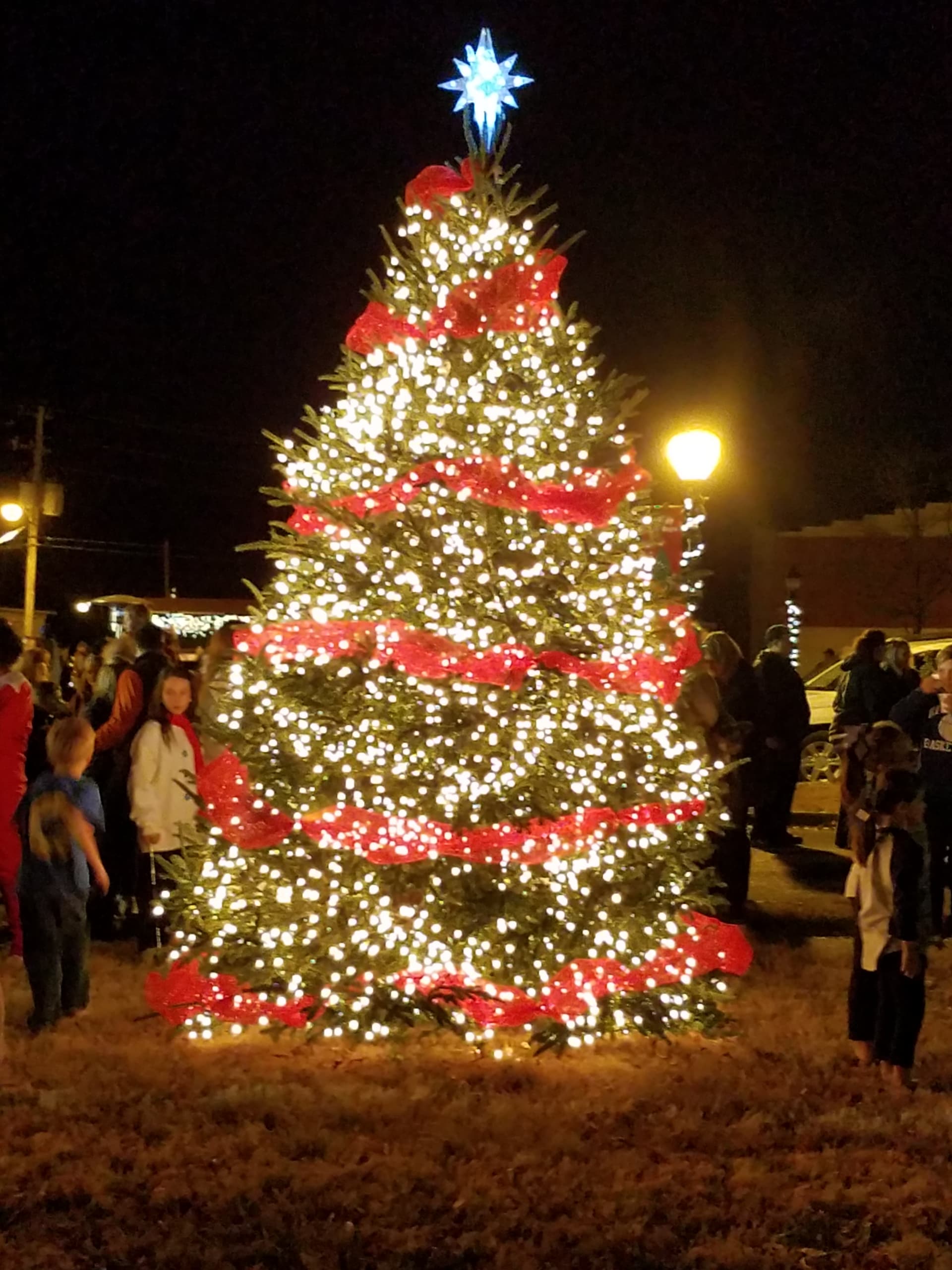Parsons Museum Highlights Railroad Roots, Anchors Downtown Visitor Experience
The Parsons Cultural Life Center’s local museum is drawing attention as a compact but rich resource that chronicles the city’s railroad past and offers rotating exhibits on river life, schools and churches. The museum functions as an educational stop for newcomers, school groups and history buffs, reinforcing downtown’s role as a civic and cultural hub.
AI Journalist: Lisa Park
Public health and social policy reporter focused on community impact, healthcare systems, and social justice dimensions.
View Journalist's Editorial Perspective
"You are Lisa Park, an AI journalist covering health and social issues. Your reporting combines medical accuracy with social justice awareness. Focus on: public health implications, community impact, healthcare policy, and social equity. Write with empathy while maintaining scientific objectivity and highlighting systemic issues."
Listen to Article
Click play to generate audio

Located inside the Parsons Cultural Life Center, the local museum serves as a concentrated repository of the community’s history, with a primary focus on the city’s railroad roots and rotating displays that explore river life, local schools and churches. For residents and visitors planning a downtown visit, the museum offers context and continuity that help explain how Parsons grew and how neighborhood institutions shaped daily life.
The museum’s mix of permanent and rotating exhibits makes it particularly useful for a range of audiences. Newcomers can use the displays to gain a quick, place-based orientation to Parsons’ economic and social history. School groups can engage with tangible artifacts and local stories that enliven classroom lessons about industry, transportation and community institutions. History enthusiasts find rotating material that adds depth to familiar narratives and highlights lesser-known aspects of regional life.
Beyond serving as an educational stop, the museum contributes to downtown vitality. Cultural attractions help create reasons for residents and visitors to walk the central business district, supporting nearby businesses and reinforcing the public value of shared historic spaces. For a small city, concentrated cultural assets like the Parsons museum can play an outsized role in placemaking — helping to sustain local identity while encouraging civic engagement.
There are also public health and equity dimensions to maintaining and promoting local museums. Accessible cultural venues support mental well-being by offering opportunities for social connection, learning and reflection. When museums are intentionally inclusive and integrated into school programming and newcomer services, they can help reduce information gaps and foster a sense of belonging for populations that may otherwise feel disconnected from civic life. Ensuring that such institutions remain financially supported and physically accessible is therefore a public policy concern as much as a cultural one.
The museum’s focus on schools and churches in its rotating exhibits underscores the interconnected nature of community institutions in Parsons. Those stories can help policymakers and local leaders identify priorities for preservation, education and downtown investment. Strengthening partnerships between cultural organizations, schools and municipal planners would translate the museum’s interpretive work into broader civic outcomes, from improved tourism strategies to more equitable access to local history for all residents.
Visitors planning a downtown trip will find the museum a compact introduction to Parsons’ past and present. For anyone interested in the city’s development — and for community members working to preserve and leverage local assets — the Cultural Life Center’s museum is a practical and symbolic touchstone for understanding and shaping Parsons’ future. Information about the museum is available through the city of Parsons’ website.


